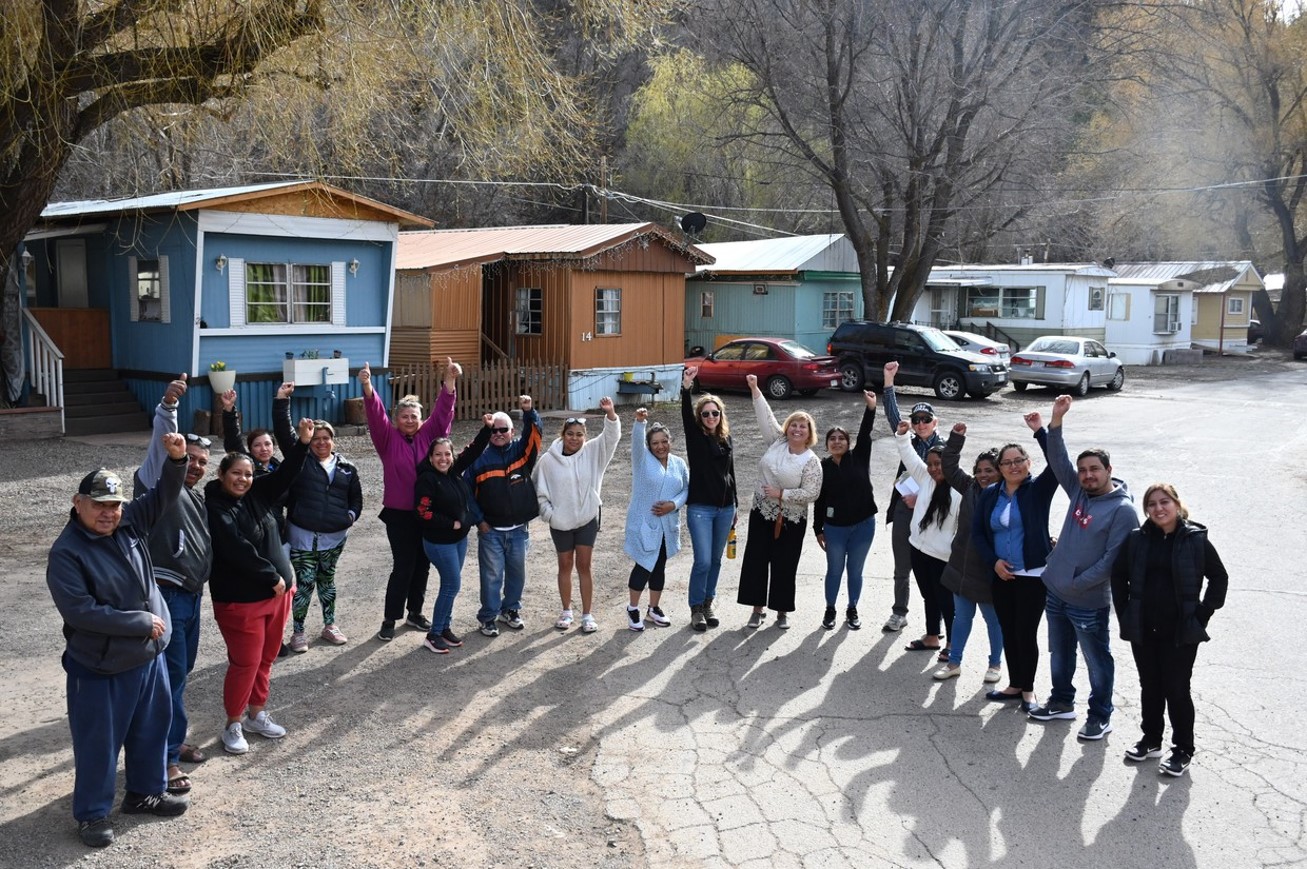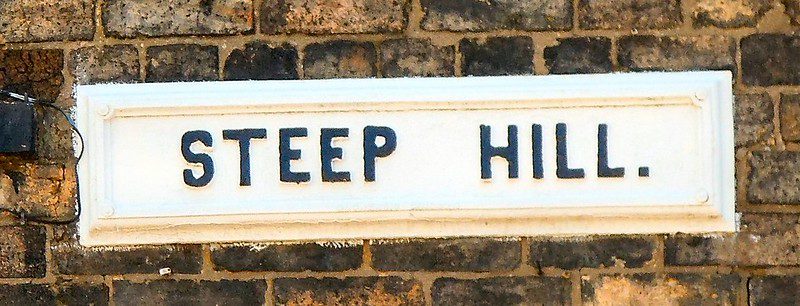
Photo by amanky via Creative Commons
What’s it like not having access to high-speed Internet today? For anyone who is aware of high-speed Internet, not having it is essentially to not have the Internet at all. If time is money, the time spent staring at the useless screen full of information you already absorbed, listlessly awaiting the moment (which may never come) when a new screen loads, is simply a money loser. Why do more people not stay in rural places, or move there to try a new life? There’s no Web there.
The lack of Broadband Internet in a large swath of the American landscape is disturbing, given how much people rely on it today in their personal and working lives. The community that does not have the Web is destined to be shortchanged in the number of people who will be civically engaged; the number of new jobs to replace those that are lost; and in educational opportunities for those looking to lift themselves up.
There is no point dwelling on the romantic virtues of a pre-Internet era, as one might extol the virtues of the plow and harness over the tractor. Progress must come in some form in order for rural places not to stagnate.
The problem is hardly confined to the remote regions of the Great Plains or coal mining country in Appalachia. Here, just 50 miles outside Richmond, Va., which is a stop in the megalopolis that now stretches from Boston to Raleigh, I cannot count on a high speed connection unless I’m in one of the towns. In the towns there is sufficient density of people and business to justify the cost to phone and cable companies of Internet infrastructure.
Elsewhere in rural America, the promise of a new version of rural electrification, which lit up every corner of the rural U.S. within a few years in the 1930s, has so far failed to materialize. Every locality is on its own in trying to wrestle with the financial burden of providing the Internet to citizens. The cost of this to communities in economic terms – jobs, taxes, civic strength – is hard to measure.




Comments